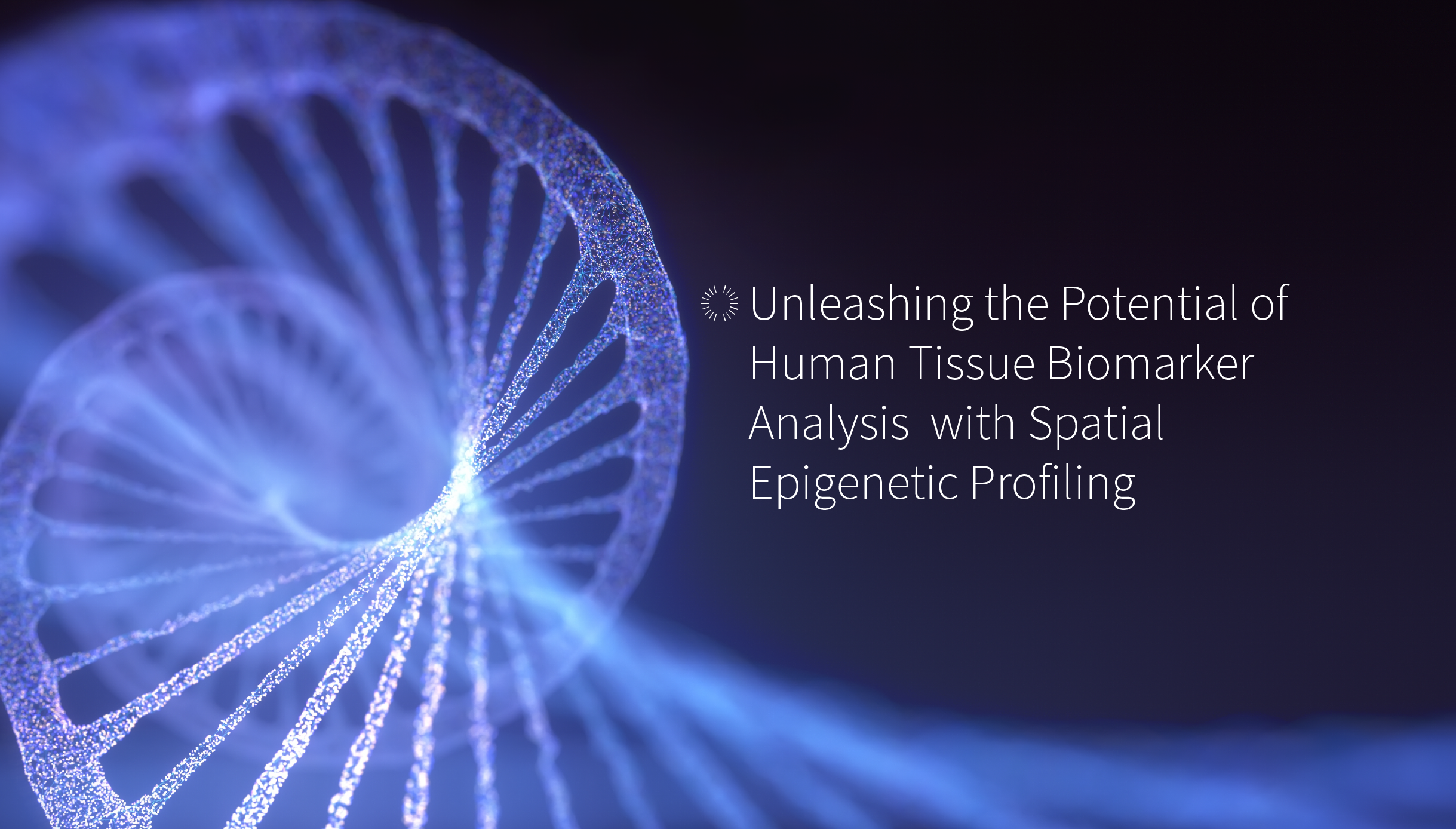HIT ID screening – understanding why your target is key
A critical starting point for a drug discovery programme is the Hit identification of a high-quality compound translatable to an optimisation programme, and delivery into the drug candidate. This relies on an integrative and comprehensive medicines research platform comprising chemistry, protein science and assay biology. These provide a screening cascade to identify the most druggable domains, identify where the Hits are binding, and help increase the success of a project leading to the development of a drug.
High HIT rate
To identify a good quality compound and good quality Hits, Domainex utilises the LeadBuilder virtual screening platform. By using the information on the target protein or the ligand of interest, it utilises structural information or homology models and screens up to 1000 compounds. The interrogation of different virtual libraries and the NICE library consisting of commercially available compounds enables rapid Hit expansion.
The fragment library is a highly curated diverse library of 1,300 fragments which are rule of three compliant and contains a large number of 2D and 3D fragments which can be run in parallel. All these components ensure all the Hits from the screen are good quality compounds that translate to a good chemical starting point.
Providing a high-quality, cost-effective service
Critical to good quality protein production is a high-quality quality control of the protein for purity, activity, compound binding. Domainex utilise different analytical techniques to ensure this is met using processes such as a multiple step chromatography.
Domainex uses microscale thermophoresis, which is a solution-based system to assess the protein, that requires exceptionally low protein samples, typically 5–15 nM concentration in about 5 ml. It has the advantage of focusing on the right protein. It also uses multiple different labelling strategies, directed by the structural information gathered about the target. This enables the delivery of proteins in their near physiological states, providing the opportunity to identify Hits in a method that is more likely to be translated into the drug at the end of the project.
An integrated approach
Domainex uses an integrated suite of drug discovery services to support emerging biotechnology, pharmaceutical companies, and translational research to identify and develop a drug candidate. Not only does it provide access to high-quality Hits, it can also support with protein production and technology to confirm binding, measure binding thermodynamics and confirm structural biology to identify optimal conditions and determine and characterise 3D structures.
This article is based on Trevor’s talk from the MDC Connects webinar series. Watch the session Trevor took part in – Hit Identification:

About the author
Dr Trevor Askwith is a Group Leader in assay biology with over 10 years’ experience of small-molecule drug discovery research. Prior to joining Domainex, Trevor held the role of Head of Assay Development and Screening in the Drug Discovery Group at UCL, where he ran a number of successful Hit ID for novel targets emerging from the university.
Before joining UCL, Trevor was a Senior Research Fellow in the Drug Discovery Centre at the University of Sussex where he helped to establish the facility as well as develop and run cell-based and biochemical screening assays to support Wellcome Trust and CRUK funded projects. Trevor obtained his PhD from the University of Birmingham working with Prof Martin Stevens where he studied the mechanisms of taurine depletion in diabetic neuropathy.




















































































































